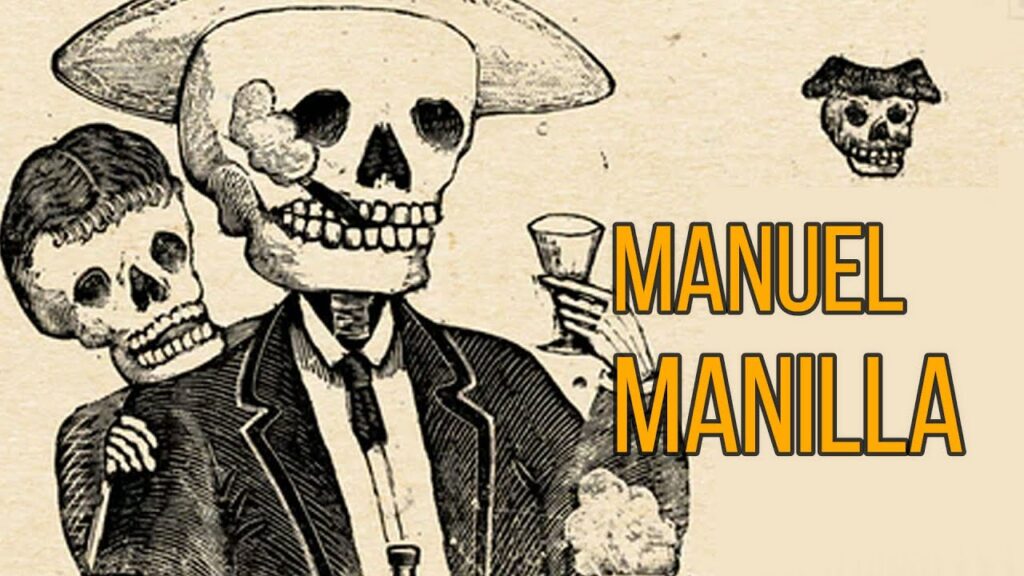Introduction to the Fiesta del Niño Florero
Welcome to the vibrant world of Mexican cultural celebrations, where tradition and joy seamlessly blend into unforgettable experiences. Among the myriad of colorful fiestas that dot the calendar, there’s one that shines with a unique charm: the Fiesta del Niño Florero. This lesser-known festivity offers a rare glimpse into the local customs that have been carried on through generations with heartfelt devotion and enthusiasm.
Originally rooted in the colonial history of Mexico, the Fiesta del Niño Florero revolves around the veneration of the Christ Child. Each year, communities come together to celebrate with a blend of religious observance and riotous fun. The name “Niño Florero,” which literally translates to “Child Flower Vase,” hints at the central element of this tradition: a beautiful arrangement of fresh flowers that are lovingly placed around the figure of the Christ Child.
Picturesque parades are the cornerstone of the Fiesta del Niño Florero. Imagine a procession filled with children dressed in angelic costumes, carrying intricately designed flower vases as they walk alongside floats that are adorned with an abundance of blooming flowers. The air is infused with the delicate scent of these blooms, which creates an almost ethereal atmosphere for the spectators and participants alike.
But the Fiesta del Niño Florero isn’t just a feast for the eyes. The air reverberates with the sounds of live mariachi bands, and the streets become a stage for folk dances and traditional music performances. Artisans display their crafts, and local vendors offer tantalizing arrays of traditional Mexican cuisine. It’s a sensory delight that encapsulates the warm and welcoming spirit of Mexico.
Each region in Mexico has its own distinctive way of celebrating the Fiesta del Niño Florero. In some towns, the festivities may last a day, while in others, they extend over a week. While the religious aspect remains a unifying factor, the diverse expressions of joy and community spirit are what truly define this enchanting fiesta. Visitors are not only welcome but are encouraged to delve into the celebration, making it a perfect opportunity for travelers searching for an authentic cultural experience.
History of the Fiesta del Niño Florero
The Fiesta del Niño Florero is one of Mexico’s most captivating and historic celebrations, which takes place in the vibrant and culturally rich state of Veracruz. This unique festival is deeply rooted in pre-Hispanic traditions, showcasing a fusion of indigenous beliefs and Spanish colonial influence. It occurs annually on the Day of the Holy Innocents, which is December 28th, commemorating the biblical tale where King Herod ordered the massacre of all boys under the age of two in Bethlehem, in an attempt to kill the newborn Jesus.
Initially, the festival began as a solemn religious event during the colonial era. However, over time, it has transformed into a lively celebration that combines humor, satire, and a spirit of rejuvenation. The name “Niño Florero” itself is shrouded in local folklore and is said to represent the innocence and purity of children, with “Florero” symbolizing the blooming of new life, akin to flowers in a vase.
Villagers dress up in elaborate costumes that are often colorful and satirical, embodying various figures from popular and political life. Children play a central role in the festival, engaging in dances and processions, wearing masks, and carrying flower pots—a direct reference to the festival’s namesake. What’s remarkable about the Fiesta del Niño Florero is the seamless blend of solemnity and festivity, as the town pays homage to its ancient roots while embracing the joyous essence of Mexican culture.
The evolution of this festival reflects the dynamic nature of Mexico’s cultural tapestry. Each year, residents and visitors alike partake in a variety of activities, such as street performances, traditional music, and gastronomic feasts featuring local delicacies. While the Fiesta del Niño Florero may not be as widely known as some of Mexico’s other festivals, its enduring legacy and cultural significance make it a timeless celebration of the nation’s history and communal spirit.
Cultural Significance of the Tradition
Mexico’s rich history, spanning thousands of years, is imbued with vibrant traditions that have cultural significance extending far beyond its borders. One of the most profound aspects of Mexican culture is its rituals and ceremonies, many of which tie back to indigenous practices and Spanish influences. These traditions serve as a living bridge connecting the past with the present, allowing new generations to partake in a heritage that shapes their national identity.
Day of the Dead (Día de Muertos), for instance, is one such tradition that not only honors loved ones who have passed away but also reflects the Mexican perspective on life, death, and the afterlife. During this significant time, families create altars adorned with marigolds, candles, food, and photos, thereby merging art, religion, and personal memories into a colorful tapestry of collective remembrance.
Folklore and storytelling are also integral to the cultural fabric of Mexico. Legends handed down through generations serve as a cornerstone for societal values and often carry moral lessons. From the tales of La Llorona to the epic journeys of the Aztec gods, these stories preserve the wisdom and imagination of Mexico’s ancestors, maintaining the nation’s collective consciousness.
Moreover, Mexican traditions manifest in lively expressions like Fiestas and Dances. Festivals such as the Guelaguetza showcase regional dances, costumes, and music and are instrumental in the cultural education and pride of the Mexican people. Such celebrations are not mere entertainments; they are acts of cultural preservation and showcases of the country’s rich tapestry of regional diversity.
Experiencing Fiesta del Niño Florero Firsthand
The Fiesta del Niño Florero is one of Mexico’s most vibrant celebrations, steeped in cultural significance and brimming with local flavor. This unique festival, taking place in the beautiful region of Guerrero, unfolds against a backdrop of colorful streets adorned with paper flowers and intricate decorations, setting the stage for a one-of-a-kind experience that attracts both locals and travelers seeking authentic Mexican traditions.
At the heart of the festival are the endearing performances by children dressed as “Niños Floreros,” or “Flower Vase Children.” These youngsters, clad in bright, floral costumes, parade through the streets to the rhythm of lively music. The sight of their innocent joy and the sounds of traditional melodies fill the air, encapsulating the spirit of communal celebration that is central to the festival’s charm. Observing their performance is a vivid reminder of the continuity of cultural practices and the pivotal role of community in maintaining such traditions alive.
Moreover, the Fiesta del Niño Florero is a veritable feast for the senses. Scents of scrumptious local cuisine waft throughout the town as street vendors offer an array of delectable treats. From sweet tamales to the savory complexity of mole poblano, the food served during this festive time provides a delightful exploration of regional gastronomy. Sampling these culinary delights is an adventure in itself, offering a taste of the rich flavors that are integral to the fabric of Guerrero’s cultural heritage.
Beyond the visual and gastronomic allure, the Fiesta del Niño Florero is also an opportunity for visitors to engage with the local community. Workshops and interactive events allow travelers to learn about the craftsmanship behind the festival’s decorations, try their hand at traditional dance, or even participate in making the distinctive paper flowers. Engaging with the locals during these activities fosters a deeper understanding and appreciation of the festival, creating lasting memories and a profound connection with the vibrant cultural tapestry of Mexico.
Tips for Travelers: Respecting the Tradition
Traveling to Mexico offers an incredible opportunity to immerse yourself in rich cultural traditions, many of which have been preserved for centuries. When visiting this vibrant country, it’s essential to show respect for local customs and practices. Here are a few ways you can honor these traditions while enjoying your journey.
Participate Mindfully in Cultural Festivities: Mexico’s calendar is dotted with festivals, each steeped in history and local lore. If you’re lucky enough to attend one, such as the famous Day of the Dead (Día de los Muertos) or the vibrant Carnival, remember that these are not just spectacles for tourists but meaningful celebrations for the community. Dress appropriately, engage with locals in a respectful manner, and learn about the significance of the festivities to deepen your appreciation and experience.
Support Authentic Craftsmanship: Artisanal markets are treasure troves of Mexican tradition, offering everything from handmade textiles to intricately painted ceramics. When you purchase these crafts, not only are you taking home a piece of Mexican heritage, but you’re also supporting the local economy and helping preserve age-old techniques. Be mindful of where and how these items are made to ensure your souvenirs are ethically sourced and genuinely represent local craftsmanship.
Learn Basic Language and Gestures: While you don’t need to be fluent in Spanish to travel through Mexico, learning basic phrases shows respect for the people you meet. Simple greetings, thanks, and pleasantries can go a long way in showing appreciation for the culture and can open the door to richer interactions with locals. Additionally, understanding body language and gestures, which may differ significantly from your own culture, helps in communicating respectfully and avoiding misunderstandings.



